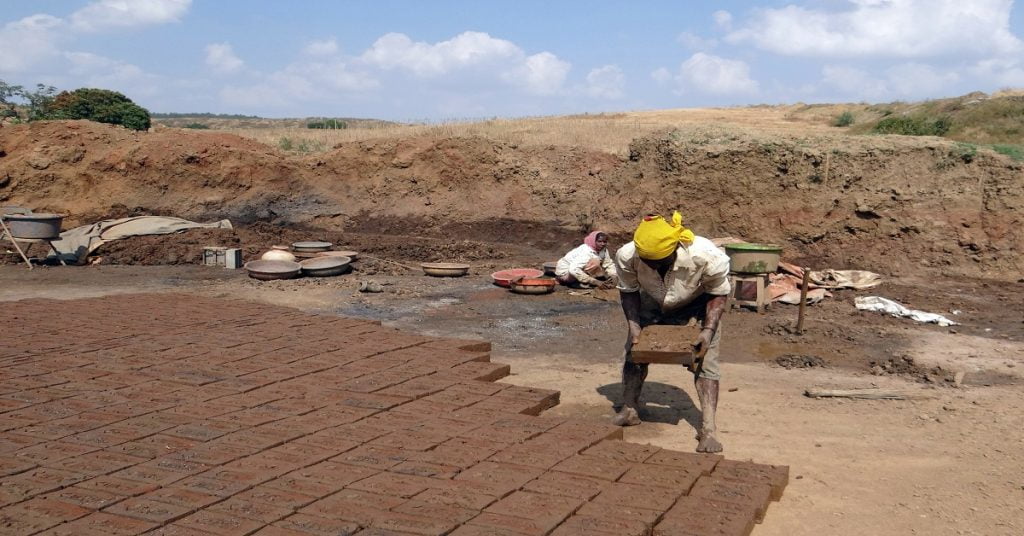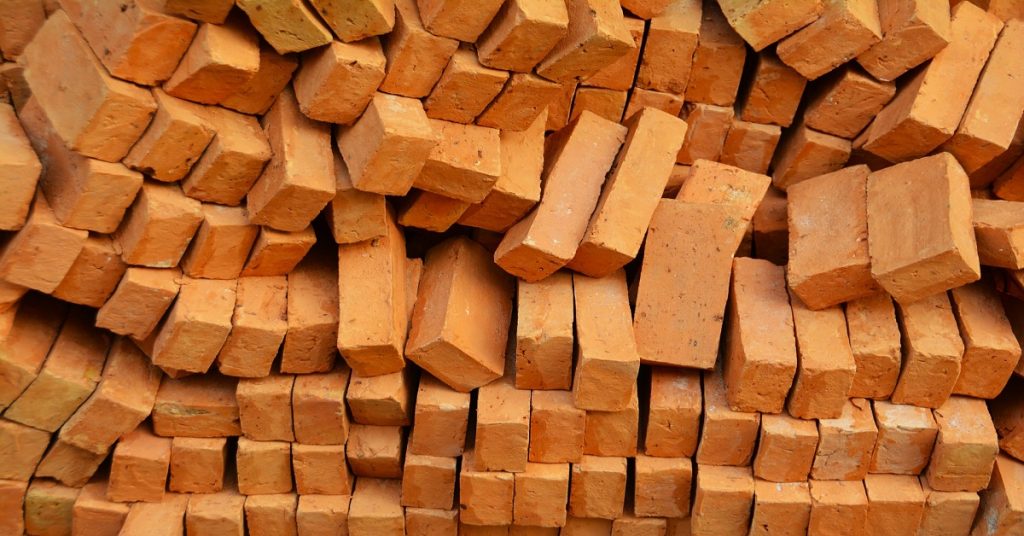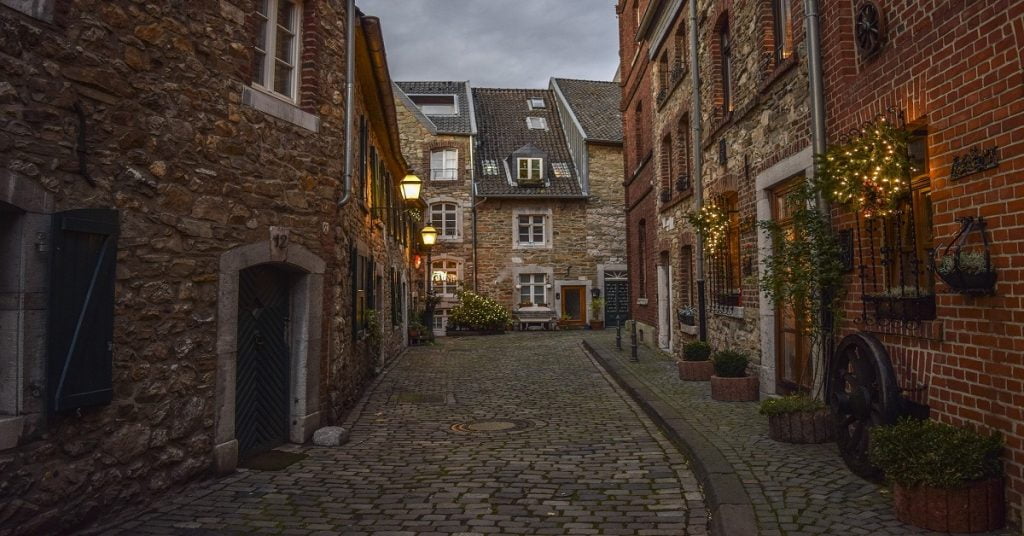Rock forming minerals

A mineral is a naturally occurring inorganic substance which is solid and stable at room temperature. It must also possess definite physical structure and chemical composition. Rocks are composed of minerals. So far, a wide variety of minerals have been identified. Among the variety of minerals that exist, rocks are formed only by few minerals or combination of those minerals. Thus, minerals which aids in the formation of rocks are called as rock forming minerals. For considering a mineral as rock-forming mineral, it must satisfy the below mentioned criteria:
- The mineral must be present in abundance in Earth’s crust.
- It must be originally present at the time of Earth crust formation.
- The mineral must be important while determining a rock’s classification.
Examples of rock forming minerals are feldspars, quartz, amphiboles, micas, olivine, garnet, calcite, pyroxenes, dolomite, etc.
The ocean crust is mainly made up of Basalt and Gabbro. These two rocks are made up of mainly feldspar and pyroxene and contain lesser amounts of olivine, mica and amphiboles.
Minerals which are present in rocks in small quantities are termed as accessory minerals. Examples of accessory minerals are zircon, monazite, apatite, titanite, tourmaline, pyrite, etc. Minerals forming igneous rocks are olivine, pyroxene, amphibole, feldspar, mica and quartz. Except quartz, remaining are mineral groups. Quartz and feldspar are light-coloured minerals whereas mica, pyroxene, amphibole and olivine are dark-coloured minerals. The proportion of light and dark coloured minerals present, determines the colour of the rock. If most of the grains are quartz and feldspar, then the overall appearance of the rock will be light and vice versa.
Below is the list of few rock forming minerals:
Feldspar
- It is the most common mineral in the earth crust.
- Feldspar are the silicates of alumina, with alkaline substances like potassium, sodium and calcium.
- A stone readily undergoes decay if it contains large proportion of feldspar mixed with softer minerals.
- Colour – Grey to reddish brown.
- Transparency – Transparent to translucent.
- Mohs hardness – 6.
- Specific gravity – 2.5 to 2.7
- Feldspar is further divided into plagioclase feldspar and orthoclase feldspar.


Plagioclase Feldspar
- It is rich in sodium or calcium.
- Plagioclase is found in almost all igneous rocks and most metamorphic rocks, but is less common in sedimentary rocks.
- Chemical composition – Alumino sillicates with soda.
- It occurs in the form of stubby prisms.
- Colour – white or grey.
- Transparency – Translucent to opaque.
- Mohs hardness – 6 to 6.5.
- Specific gravity – 2.6 to 2.8.
Orthoclase Feldspar
- It is rich in alkali metal ions.
- Alkali feldspar also occur in the form of stubby prisms.
- Chemical composition – Alumino sillicates with potash.
- Colour – pink to white.
- Mohs hardness – 6.
- Specific gravity – 2.6 to 2.8.
- Transparency – Translucent to opaque.
Quartz
- Quartz is the second most common mineral in the earth crust.
- It is pure or nearly pure silica.
- Quartz is hard, durable and relatively inert.
- Quartz crystals are hexagonal and prismatic in shape.
- It is found in many metamorphic rocks, sedimentary rocks, and those igneous rocks that are high in silica content.
- Chemical composition – Silicon dioxide (SiO2).
- Colour – Grey, white or colourless.
- Mohs hardness – 7.
- Specific gravity – 2.6.
- Transparency – Translucent.
- Cleavage – No cleavage.
- Durability – Soluble in hydro fluoric acid, less durable against weathering.

Mica
- It is very soft and easily affected by atmosphere and chemicals.
- Mica forms flat book like crystals that can split into individual sheets.
- It contains silicate of aluminium with potassium.
- Colour – Dark grey, black or brown.
- Mohs hardness – 2.5.
- Specific gravity – 3.
- Transparency – Translucent.
- Muscovite and Biotite belongs to mica.
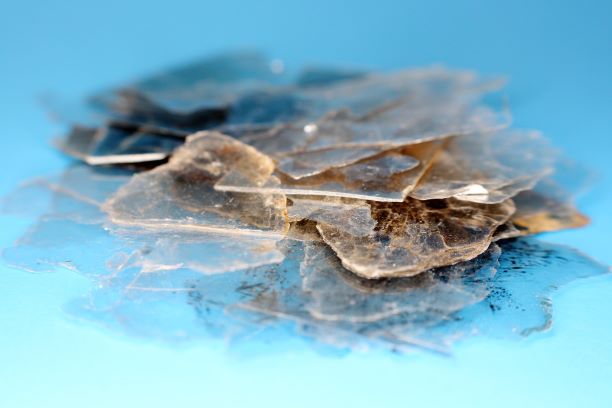
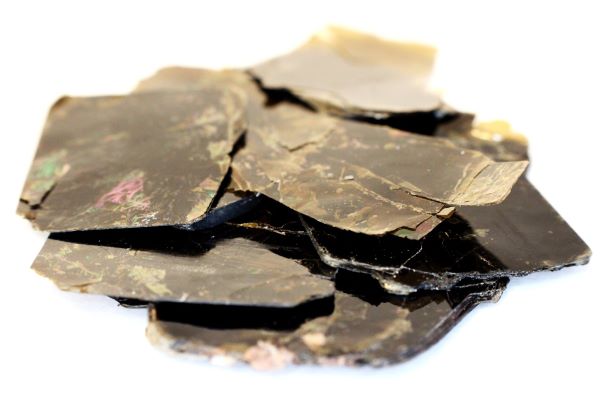
Muscovite
- It is a soft mineral.
- Muscovite is commonly found in metamorphic rocks (like schists, gneisses), fine grained sedimentary rocks (like sericite) and igneous rocks (like granite).
- It has perfect cleavage planes. But the individual sheets are durable.
- It possess high heat & electrical insulation property.
- Chemical composition – Silicates of alumina with hydrogen and potash.
- Colour – Silver, light brown.
- Mohs hardness – 2.0 to 2.5.
- Specific gravity – 2 to 3.
- Transparency – Transparent to translucent.
- Cleavage – Can be split along one plane into thin tough sheets.
Biotite
- Biotite is also a soft mineral.
- It is commonly found in igneous rocks (granite, rhyolite) and metamorphic rocks (schist, gneiss).
- Chemical composition – Silicates of alumina with hydrogen, iron and magnesia.
- Colour – Black, dark brown or dark green.
- Mohs hardness – 2.5 to 3.
- Specific gravity- 2.8 to 3.1.
- Transparency – Transparent to translucent.
- Cleavage – No cleavage.
Carbonate
- Carbonates are soft.
- Colour – white to grey or brown.
- Carbonates includes Calcite (CaCo3), Dolomite (calcium-magnesium carbonate), Magnesite (magnesium carbonate).
Calcite
- Calcite is made up of calcium carbonate.
- It can be easily scratched with knife.
- Limestone and marble are mainly made up of calcite.
- Colour – white or colourless.
- Mohs hardness – 3.
- Specific gravity – 2.7.
- Transparency – Transparent to translucent.
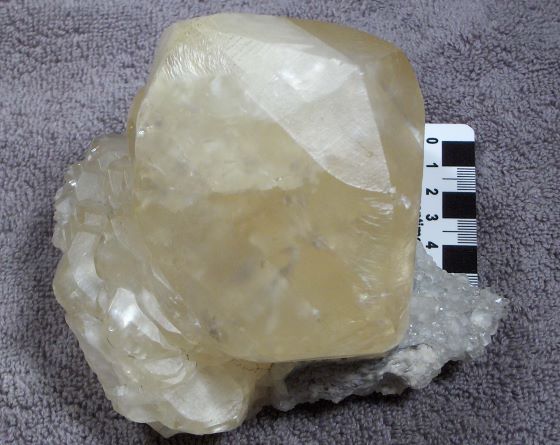
Dolomite
- It is commonly found in dolomitic limestone and marbles.
- Dolomite possess better stability and weather resisting property than calcite.
- Chemical composition – Calcium Magnesium Carbonate.
- Mohs hardness – 3 to 4.
- Specific gravity – 2.8 to 2.9.
- Cleavage – Perfect in three different directions.
Amphibole
- Amphibole crystals are prismatic or needle shaped crystals.
- It has a complex silica structure.
- Amphibole is found in metamorphic rocks (schists and gneisses) and igneous rocks (diorites and dacites).
- Chemical composition – Silicates of iron, lime magnesia or alumina.
- Colour – Green to black.
- Transparency – Transparent to translucent.
- Mohs hardness – 5 to 6.
- Specific gravity – 2.9 to 3.5.

Hornblende
- It is the most common mineral of the amphibole family.
- Hornblende is a dark-coloured mineral.
- Mohs hardness – 5.5.
- Specific gravity – 3.2.

Pyroxene
- Pyroxene crystals are short or columnar prismatic crystals.
- Igneous rocks and metamorphic rocks mostly contain pyroxene.
- Chemical composition – Silicates of lime, alumina, magnesia and iron.
- Colour – Green to black.
- Transparency – Nearly opaque.
Augite
- The most common mineral of pyroxene family is augite.
- Augite is rich in iron and/or magnesium.
- It is commonly found in igneous rocks like gabbro, basalt, andesite.
- Colour – Dark green to black.
- Transparency – Transparent to translucent.
- Mohs hardness – 5 to 6.
- Specific gravity – 3.2 to 3.6.
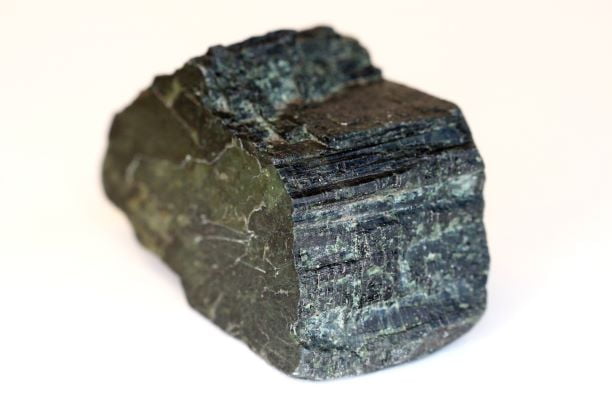
Olivine
- Olivine contains iron, magnesium and silica as its main constituents.
- The olivine crystals are mostly irregular in shape. But, sometimes they exhibit good form as slightly elongated and stubby crystals.
- The most common mineral in low silica content igneous rocks (like basalt, gabbro) is olivine.
- Chemical composition – Silicates of iron and magnesia.
- Colour – Olive green to black.
- Transparency – Translucent.
- Mohs hardness – 6.5 to 7.
- Specific gravity – 3.2 to 3.6.
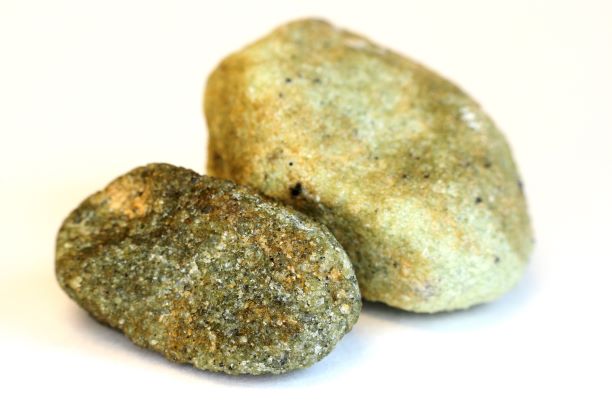
Garnet
- Garnet is most commonly found in metamorphic rocks and in some igneous rocks.
- Chemical composition – Silicates of iron and alumina.
- Colour – Red, brown, yellow or green.
- Mohs hardness – 6 to 8.
- Specific gravity – 3.5 to 4.3.
- Transparency – Transparent to opaque



